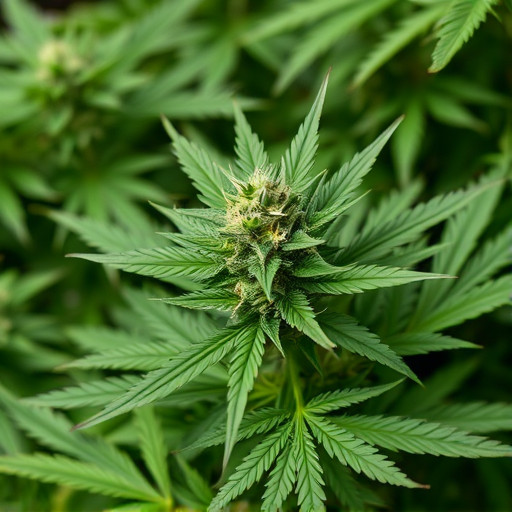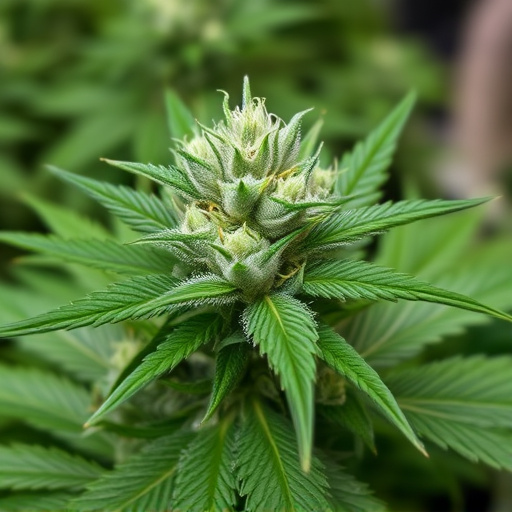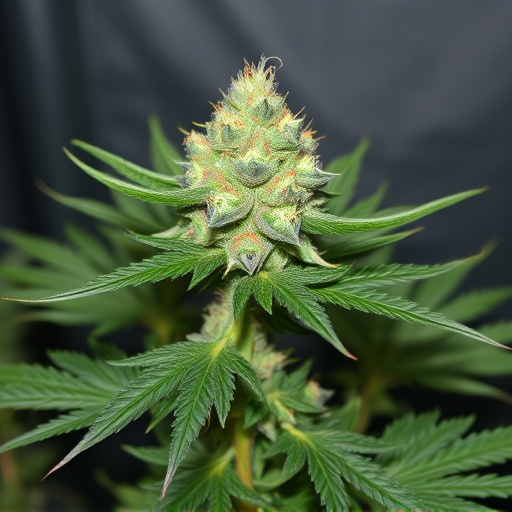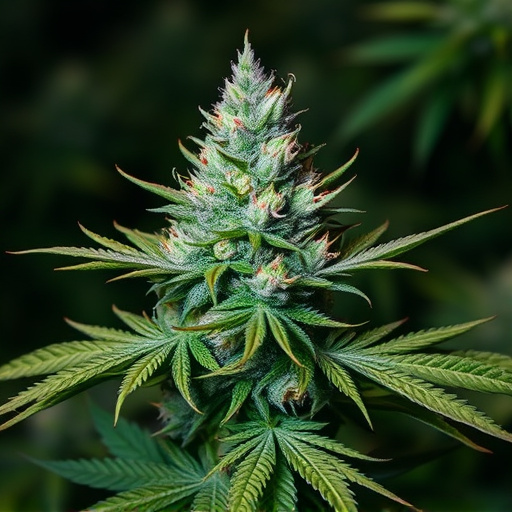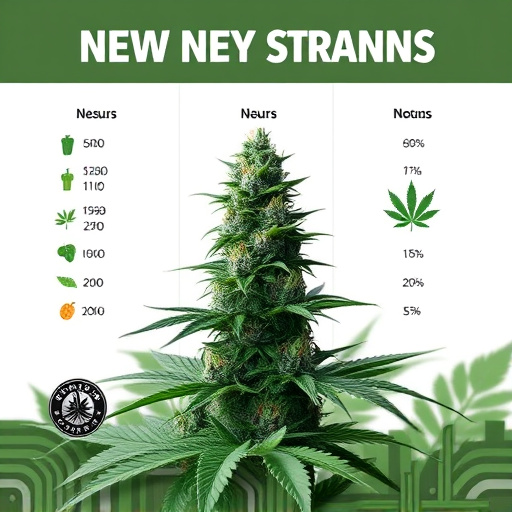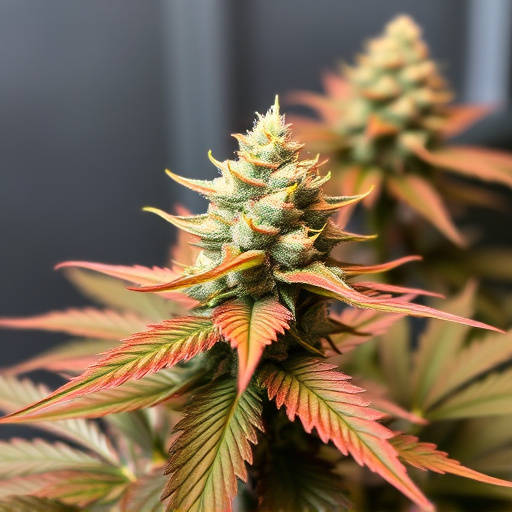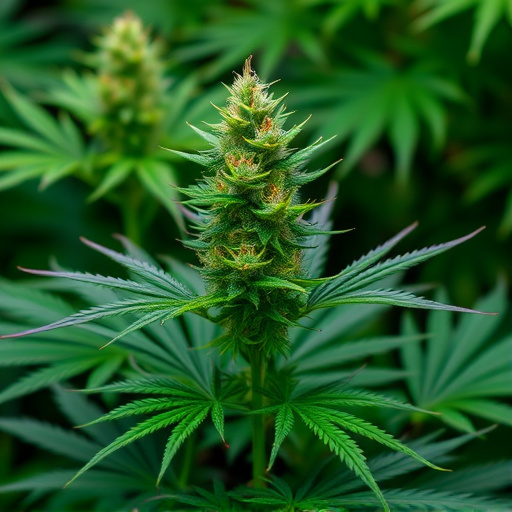The unique genetic makeup and terpene content of new cannabis strains determine their effects, interacting with the human endocannabinoid system to influence mood, memory, and pain. Through specialized breeding programs, researchers create hybrids with balanced cannabinoid levels for diverse consumer needs while considering safe, enjoyable experiences. New cannabis strains' characteristics are significantly shaped by their growing environment (terroir), leading to variations in cannabinoid and terpene profiles based on factors like climate, elevation, and local plant life. Personalizing cannabis experiences requires understanding individual biology, genetic predispositions, consumption methods (smoking, vaping, edibles, topicals), and the effects of terroir on aroma and flavor.
Discover the multifaceted factors that shape the unique effects of modern cannabis strains. From the intricate genetic composition and terpene profiles that underlie their complexity, to environmental influences known as terroir, each element contributes to the diverse experiences users encounter. Furthermore, individual biology and consumption methods play a pivotal role in personalizing these effects. Explore these key aspects to unlock a deeper understanding of new cannabis strains.
- Genetic Composition and Terpene Profile: Unlocking the Complexities of New Cannabis Strains
- Environmental Factors: How Terroir Shapes Cannabis Experiences
- Individual Biology and Consumption Methods: Personalizing the Effects of New Cannabis Strains
Genetic Composition and Terpene Profile: Unlocking the Complexities of New Cannabis Strains
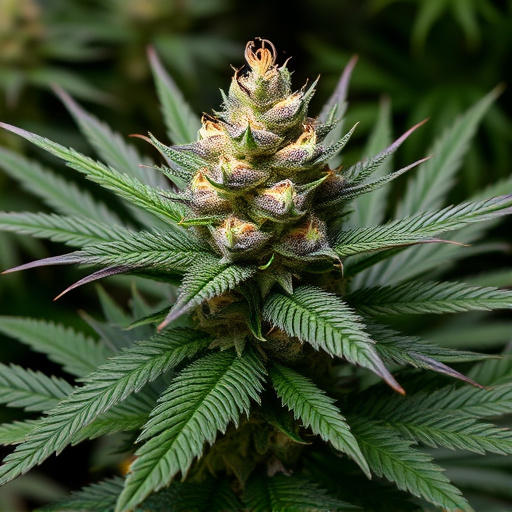
The genetic composition and terpene profile of a cannabis plant are key factors that unlock the complexities of its effects, especially in new cannabis strains. Each strain boasts a unique combination of cannabinoids, such as THC and CBD, alongside various terpenes that contribute to its aroma, flavor, and potential therapeutic benefits. These chemical compounds interact with our bodies’ endocannabinoid system, influencing mood, memory, pain perception, and more. Understanding the genetic makeup of new strains allows researchers and cultivators to predict and customize their effects.
New cannabis strains are often developed through meticulous breeding programs that focus on enhancing specific traits or introducing novel characteristics. By analyzing and selecting plants with desirable genetic markers and terpene profiles, growers can create hybrids with balanced or enhanced levels of various cannabinoids. This scientific approach promises tailored experiences for consumers, catering to different preferences and potential medicinal needs while ensuring the safe and enjoyable exploration of cannabis’s multifaceted properties in these new strains.
Environmental Factors: How Terroir Shapes Cannabis Experiences
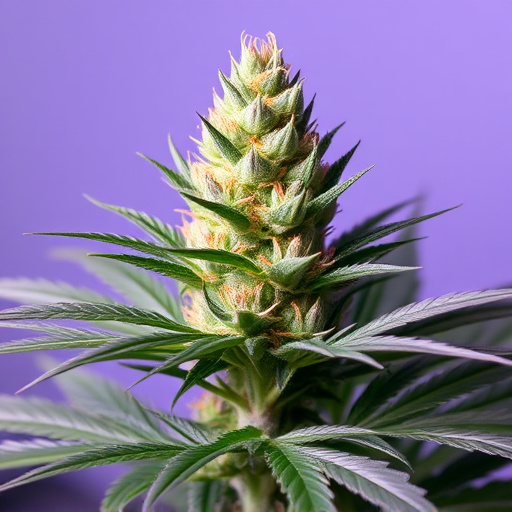
The environment in which cannabis plants are grown, often referred to as terroir, plays a significant role in shaping the final product and its effects on consumers. Just like wine, cannabis terroir includes various elements such as soil composition, climate, elevation, and local plant life. These factors contribute to the unique chemical profiles of different cannabis strains, with each having distinct cannabinoid and terpene levels. For instance, cannabis grown in colder climates tends to have higher concentrations of CBD, while warmer regions may produce plants with more THC.
The interplay between these environmental conditions and the cannabis plant’s natural chemistry results in a diverse range of effects when consumers use new cannabis strains. Terpenes, aromatic compounds responsible for the distinct smells and flavors of cannabis, are also influenced by terroir. Different terpenes have been linked to specific psychological and physiological effects, adding another layer to the complex experience of using this versatile plant. Understanding these environmental factors is key to appreciating the nuances of cannabis and how it interacts with users’ bodies and minds.
Individual Biology and Consumption Methods: Personalizing the Effects of New Cannabis Strains
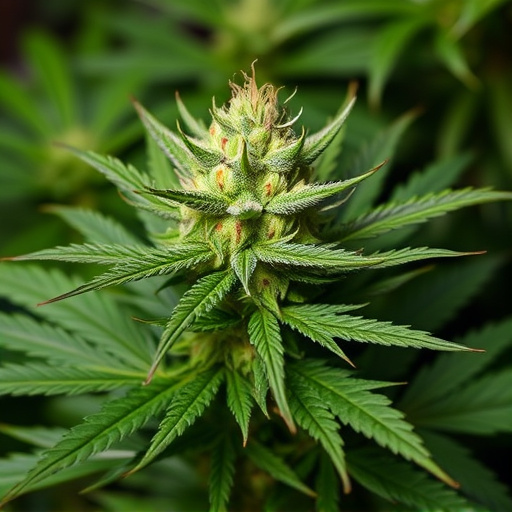
Cannabis effects vary greatly from person to person, and understanding individual biology is key to personalizing experiences with new cannabis strains. Genetic predispositions play a significant role; some individuals may be more sensitive to certain cannabinoids like THC or CBD, leading to amplified or diminished responses. Age, overall health, and metabolism also influence how the body processes and reacts to cannabis compounds. For instance, younger users might experience heightened sensory perception, while older adults could benefit from pain relief without the same level of cognitive impairment.
Consumption methods further customize the effects of new cannabis strains. Whether smoking, vaping, edibles, or topical applications, each method delivers cannabinoids differently. Smoking and vaping provide rapid, potent effects due to direct lung absorption, ideal for immediate pain management or social settings. Edibles, on the other hand, offer slower onset but longer-lasting effects, making them popular for managing chronic conditions or achieving relaxation at home. Topicals are designed for localized relief, allowing users to target specific areas of discomfort without systemic effects.
Understanding the multifaceted factors that influence cannabis effects, from genetic composition and terpenes to environmental conditions and individual biology, is crucial for navigating the complex world of new cannabis strains. By appreciating these nuances, consumers can personalize their experiences, making each interaction with cannabis a unique and rewarding journey. This knowledge empowers folks to unlock the full potential of these innovative new strains.






